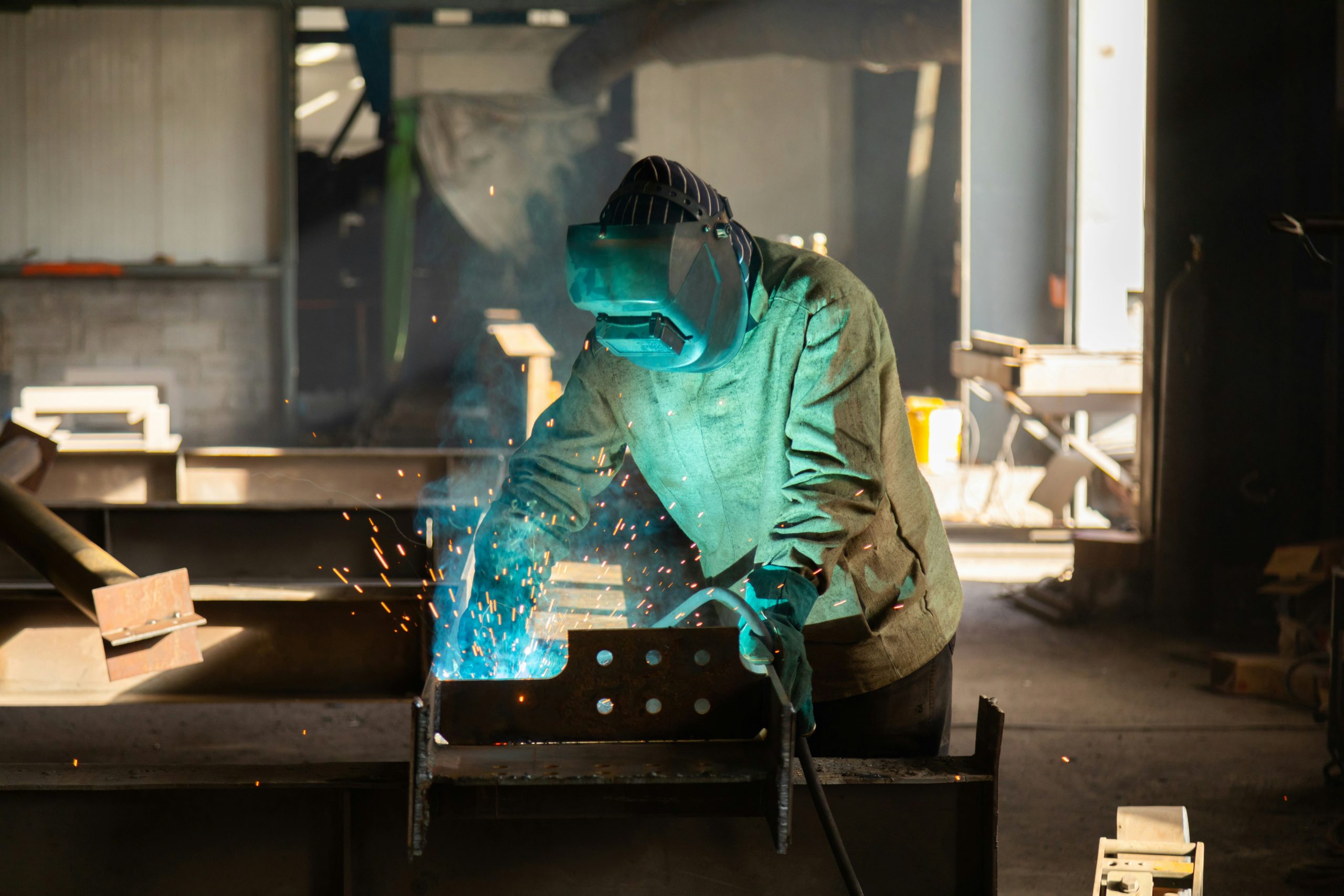Metal Fabrication with MIG Welding: Achieving Superior Results
09 May 2024
Discover the power of and the process behind MIG welding by Kinetic Engineering in metal fabrication. Expect superior results with this versatile process.
Metal fabrication is an important aspect of various industries, from construction and automotive to manufacturing and aerospace. In Australia, the demand for high-quality metal components continues to grow, driving the need for efficient and reliable fabrication methods. One such technique that has gained widespread popularity is MIG or Metal Inert Gas welding.
MIG welding offers numerous benefits, including versatility, speed, and superior results. Offered by Kinetic Engineering, explore the fundamentals of MIG welding and how it contributes to achieving superior outcomes in metal fabrication.
The MIG Welding Process
MIG welding is a welding process that uses a continuous solid wire electrode, an inert shielding gas, and a welding gun to join metals. The electrode wire is fed through the welding gun, where it melts and fuses with the base metal, creating a strong and durable bond. The inert shielding gas, typically argon or a mixture of argon and carbon dioxide, protects the weld pool from atmospheric contamination, ensuring clean and high-quality welds. MIG welding is widely favoured for its ease of use, versatility, and ability to produce clean, aesthetically pleasing welds.
MIG Welding: Advantages
Many advantages can be associated with MIG welding. They include the following.
• Superior Weld Quality: One of the key reasons why MIG welding is preferred in metal fabrication is its ability to deliver superior weld quality. The precise control over heat input, weld penetration, and bead appearance allows for consistent and high-quality welds, free from defects such as porosity, spatter, and undercutting. Additionally, the inert shielding gas provides excellent protection against atmospheric contamination, resulting in clean and metallurgically sound welds. Whether you’re welding thin sheet metal or thick structural components, MIG welding ensures strong, durable, and visually appealing welds that meet industry standards and specifications.
• Versatility in Metal Fabrication: Another primary advantage of MIG welding is its versatility in metal fabrication. MIG welding can be used to weld a wide range of metals and alloys, including steel, stainless steel, aluminium, and copper. This flexibility makes it suitable for various applications, from structural fabrication and automotive assembly to sheet metal work and precision welding. MIG welding offers the versatility and adaptability needed to meet diverse industry requirements, allowing the fabrication of components for building construction, manufacturing machinery, or customised products.
• Speed and Efficiency: Aside from its versatility, MIG welding is known for its speed and efficiency. The continuous wire feed mechanism allows for rapid welding speeds, reducing production time and increasing productivity. Unlike other welding processes that require frequent electrode changes or flux cleaning, MIG welding offers uninterrupted welding, resulting in seamless and efficient operation. This makes it an ideal choice for high-volume manufacturing environments where efficiency and cost-effectiveness are paramount. With MIG welding, manufacturers can streamline their production processes and meet tight deadlines without compromising on quality.
MIG welding is a versatile and efficient process that can be done by Kinetic Engineering for metal fabrication projects across various industries in Australia. With its versatility, speed, and ability to produce superior weld quality, this process offers numerous advantages for manufacturers seeking to achieve superior results in their fabrication projects. Harness the power of MIG welding today so that you and other manufacturers can enhance your productivity and reduce costs.
Optimised by: Netwizard SEO

